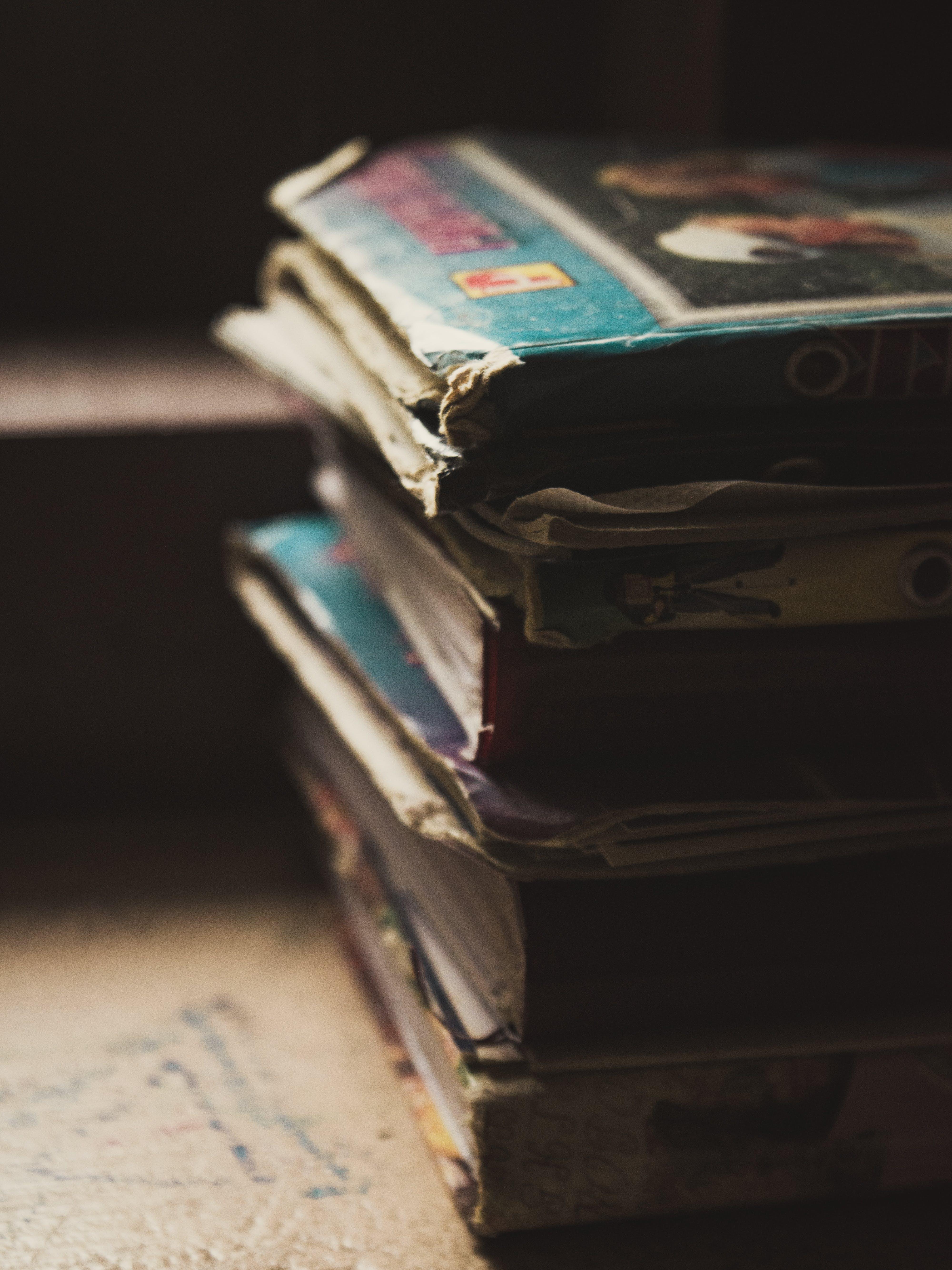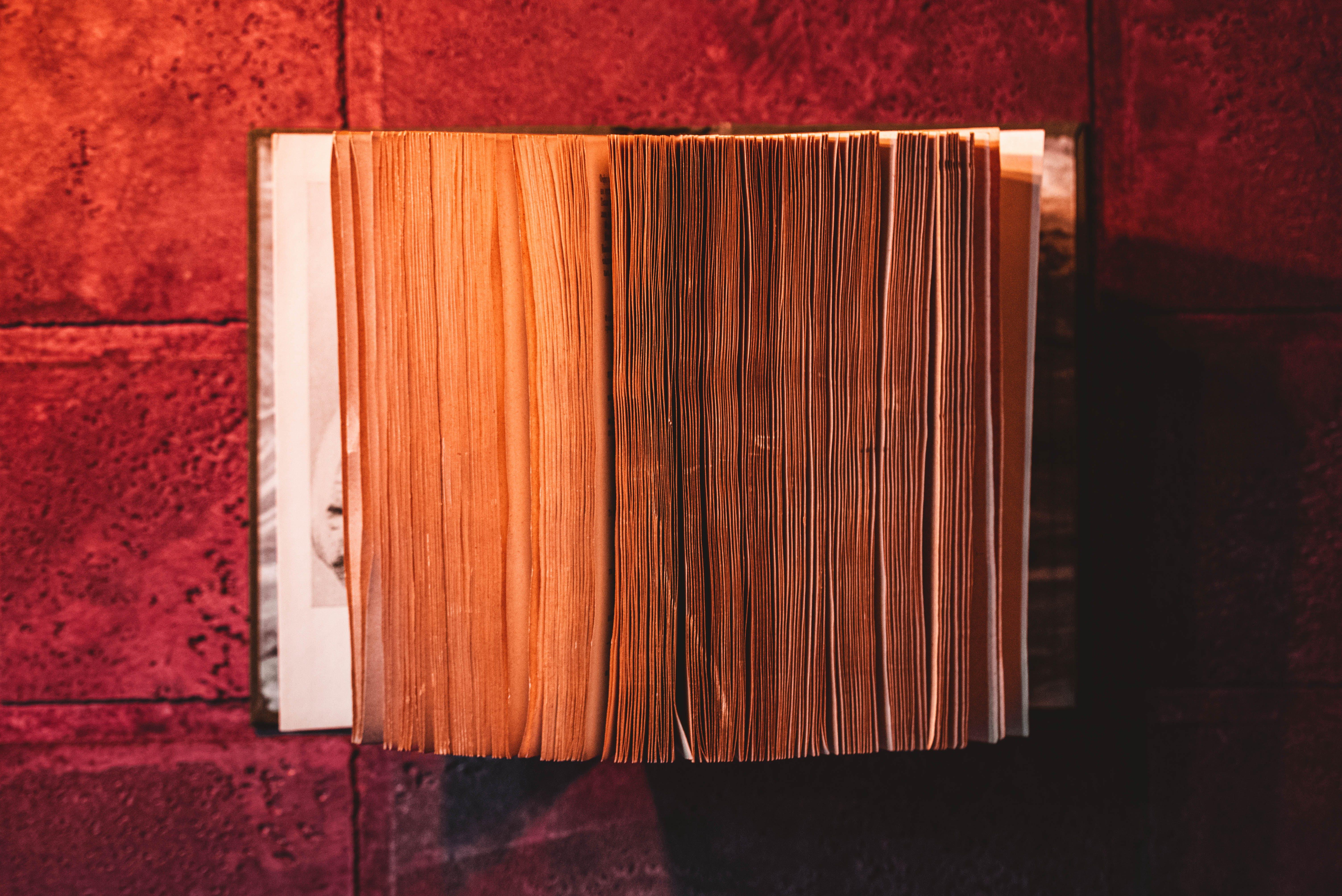Narrative poetry is like a story that unfolds through the beauty of poetic language. It combines the power of storytelling with the artistry of verse, captivating readers with its rhythmic flow and vivid imagery. But what exactly is narrative poetry and what are its various types?
In this blog post, we will delve into the world of narrative poetry, exploring its characteristics, popular examples, and different forms. Whether you’re an avid poetry enthusiast or just starting to explore the realm of verse, this post will provide you with insights into the fascinating world of narrative poetry. So, let’s dive in and unravel the threads of this captivating literary form together.
What are the Types of Narrative Poetry
Narrative poetry is like a captivating story that unfolds in verse, taking us on a journey through words and emotions. In this subsection, we’ll explore the different types of narrative poetry that have graced our poetic landscape. From epic tales to ballads and everything in between, we’ll discover the rich tapestry of narrative poetry styles.
1. Epic Poetry: Grand Stories in Verse
Epic poetry, the heavyweight champion of storytelling, brings us sprawling narratives filled with heroes, gods, and larger-than-life adventures. Think of Homer’s “Iliad” and “Odyssey” or Virgil’s “Aeneid.” These epic poems transport us to worlds where gods meddle in mortal affairs and heroes conquer seemingly insurmountable challenges. With their epic scope and enduring themes, these poems continue to inspire and awe readers even centuries later.
2. Ballads: Music to Our Ears
If you’re a fan of melodious storytelling, ballads are sure to enchant you. Blending poetry with music, ballads are often sung or recited rhythmically. These narrative poems, passed down through generations, recount tales of love, tragedy, and the triumph of the human spirit. Picture a minstrel strumming a lute by a medieval fireplace, singing of brave knights and fair maidens. From traditional ballads like “Barbara Allen” to modern ones like Bob Dylan’s “Tangled Up in Blue,” these poems bridge the gap between music and storytelling.
3. Metrical Romances: Love and Adventure Unleashed
Metrical romances emerged during the medieval period and captivated audiences with tales of love, chivalry, and adventure. These narrative poems often revolved around knights and their quests to win the hearts of fair damsels or rescue them from peril. From stories like Sir Gawain and the Green Knight to the Arthurian legends, metrical romances transported readers to a world filled with honor, loyalty, and fantastic quests.
4. Lays: Short, Sweet, and Poignant
Lays, often associated with medieval literature, are concise narrative poems that pack an emotional punch. These shorter poetic works focus on a single event or character, vividly capturing the essence of a tale in a condensed form. Lays offer a snapshot of a larger story, drawing readers in with their powerfully crafted imagery and evocative language. They leave us craving more, tantalizing our imagination.
5. Verse Novels: Prose Meets Poetry
In the realm of narrative poetry, verse novels represent a unique fusion of prose and poetry. These novels tell a story through a sequence of interconnected poems, allowing for a more immersive narrative experience. The poetic elements add depth and lyricism to the plot, enhancing the emotional impact of the storytelling. With verse novels like Helen Frost’s “Hidden” and Jacqueline Woodson’s “Brown Girl Dreaming,” readers discover an alternative form of storytelling that bridges the gap between poetry and prose.
6. Mock Epic: The Playful Parody
If you enjoy a good laugh, mock epic poetry is here to tickle your funny bone. These narrative poems satirize the grandiosity and exaggerated style of epic poetry by applying it to trivial or commonplace subjects. Alexander Pope’s “The Rape of the Lock” is a prime example, where the theft of a lock of hair becomes a hilarious overblown event. Mock epic poems use humor to explore human foibles while playfully subverting the lofty expectations of traditional epic poetry.
In conclusion, narrative poetry encompasses a diverse range of styles, each with its own unique charm and storytelling approach. Whether it’s the enthralling epics, melodic ballads, or the concise yet powerful lays, narrative poetry continues to captivate our hearts and minds. So, immerse yourself in these poetic narratives and let the words carry you away on a journey of imagination. Happy reading!
FAQ: What are the Types of Narrative Poetry
How to Identify a Narrative Poem
To identify a narrative poem, you need to look for certain key elements. First, narrative poetry tells a story, so if you find yourself being taken on a journey through a series of events, chances are you’re reading a narrative poem. Look for a clear beginning, middle, and end, as well as characters, setting, and plot development. If the poem reads like a mini-story, congratulations, you’ve found a narrative poem!
What Are Characteristics of a Narrative Poem
Narrative poetry has distinct characteristics that set it apart from other forms of poetry. It uses vivid imagery to paint a picture in the reader’s mind, evoking emotions and immersing them in the story. Narrative poems often incorporate dialogue, giving a voice to the characters and adding an extra layer of depth. They also feature a rhythmic and melodic quality, making them enjoyable to read aloud. So, keep an ear out for the beats and rhymes!
What Are the Two Popular Narrative Poems
There are numerous narrative poems throughout history, but two particularly popular ones stand out: “The Odyssey” and “Beowulf.” “The Odyssey,” written by the legendary Greek poet Homer, recounts the adventures of Odysseus as he tries to return home from the Trojan War. On the other hand, “Beowulf” is an Old English epic poem that tells the tale of the hero Beowulf and his battles against monstrous creatures. Both are captivating examples of narrative poetry that have stood the test of time.
What Is Poetic Form in Literature
Poetic form refers to the structure and organization of a poem. It encompasses elements such as the rhyme scheme, meter, and stanzaic pattern. In narrative poetry, the poet carefully crafts the form to suit the story being told. It is like choosing the perfect recipe for a dish—the right form can enhance the impact of the narrative and create an immersive experience for the reader. So, just like a master chef, poets select the poetic form to present their stories in the most delicious way!
What Are the Types of Narrative Poetry
Narrative poetry comes in various flavors, each with its own unique characteristics. Here are some of the most popular types:
Epic Poems
Epic poems are the big guns of narrative poetry, featuring heroic adventures, grand themes, and larger-than-life characters. These lengthy poems, such as “The Iliad” and “Paradise Lost,” dive deep into mythology, history, or religious tales, weaving together intricate narratives that hold the reader’s attention from start to finish.
Ballads
Ballads are narrative poems that often tell tragic or romantic stories. They were traditionally sung or recited, their catchy rhythms and refrains making them memorable. Popular ballads like “The Rime of the Ancient Mariner” and “The Highwayman” have captured the imagination of readers and listeners for centuries.
Limericks
Limericks, those short and witty narrative poems, bring a splash of humor to the table. These five-line poems follow a strict rhyme scheme and often take a humorous twist in the final line. They’re perfect for when you need a quick dose of laughter and storytelling.
Metrical Romances
Metrical romances are narrative poems that focus on chivalry, love, and adventure. Originating from medieval times, they transport readers to a world of knights, damsels, and quests. Famous examples include “Sir Gawain and the Green Knight” and “The Faerie Queene.”
Idylls
Idylls are tranquil narrative poems that depict peaceful scenes of rustic life or nature. They offer a welcome retreat from the fast-paced adventures found in other narrative forms. The famous idyll “The Village Blacksmith” by Henry Wadsworth Longfellow is a prime example of this soothing genre.
Can Anyone Write a Poem
Absolutely! Writing poetry is a creative endeavor open to anyone willing to dive into the realm of words and emotions. Poems are an expression of your thoughts, feelings, and experiences. So, whether you’re an aspiring bard or just someone looking to put pen to paper, grab your imagination and start composing. Who knows? You might uncover a hidden talent or discover a new passion for the beauty of words!
Enjoy the magic of narrative poetry and let your own stories come to life through the enchantment of verse!

